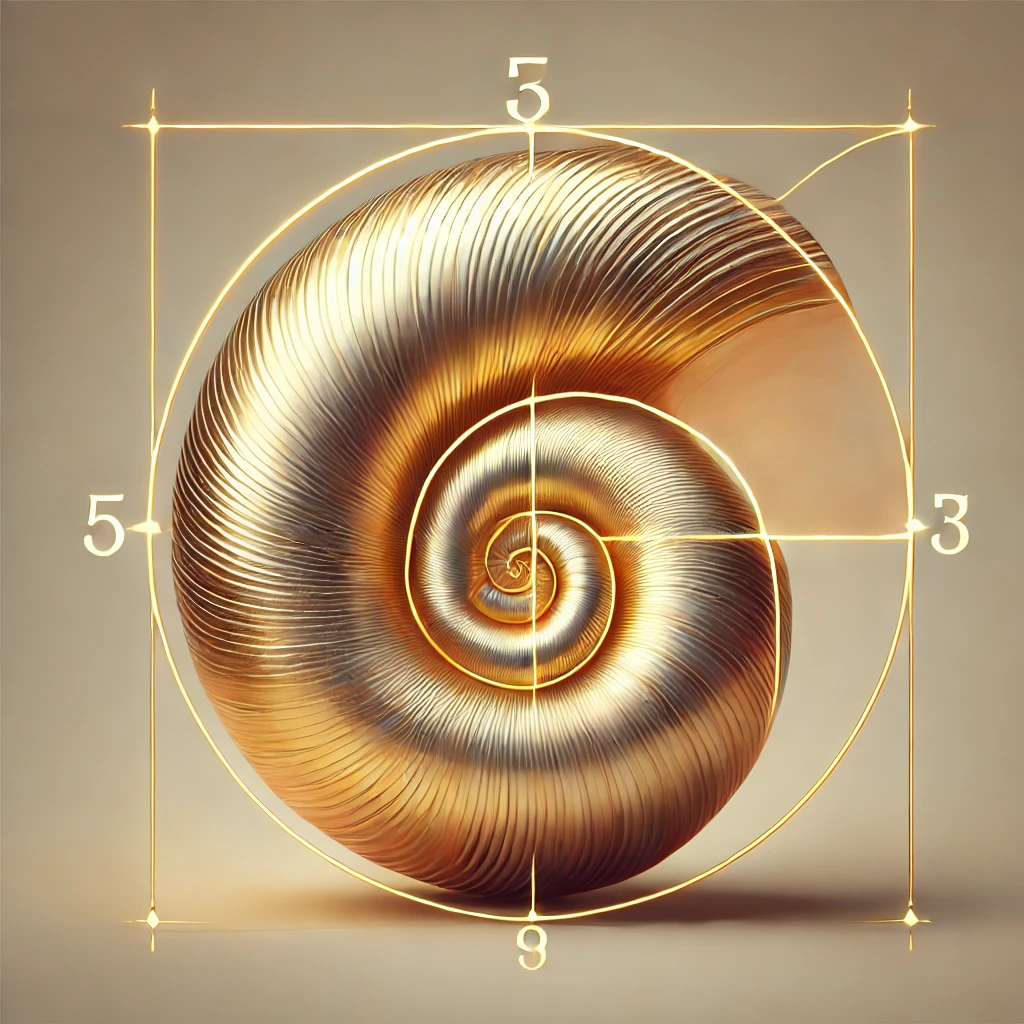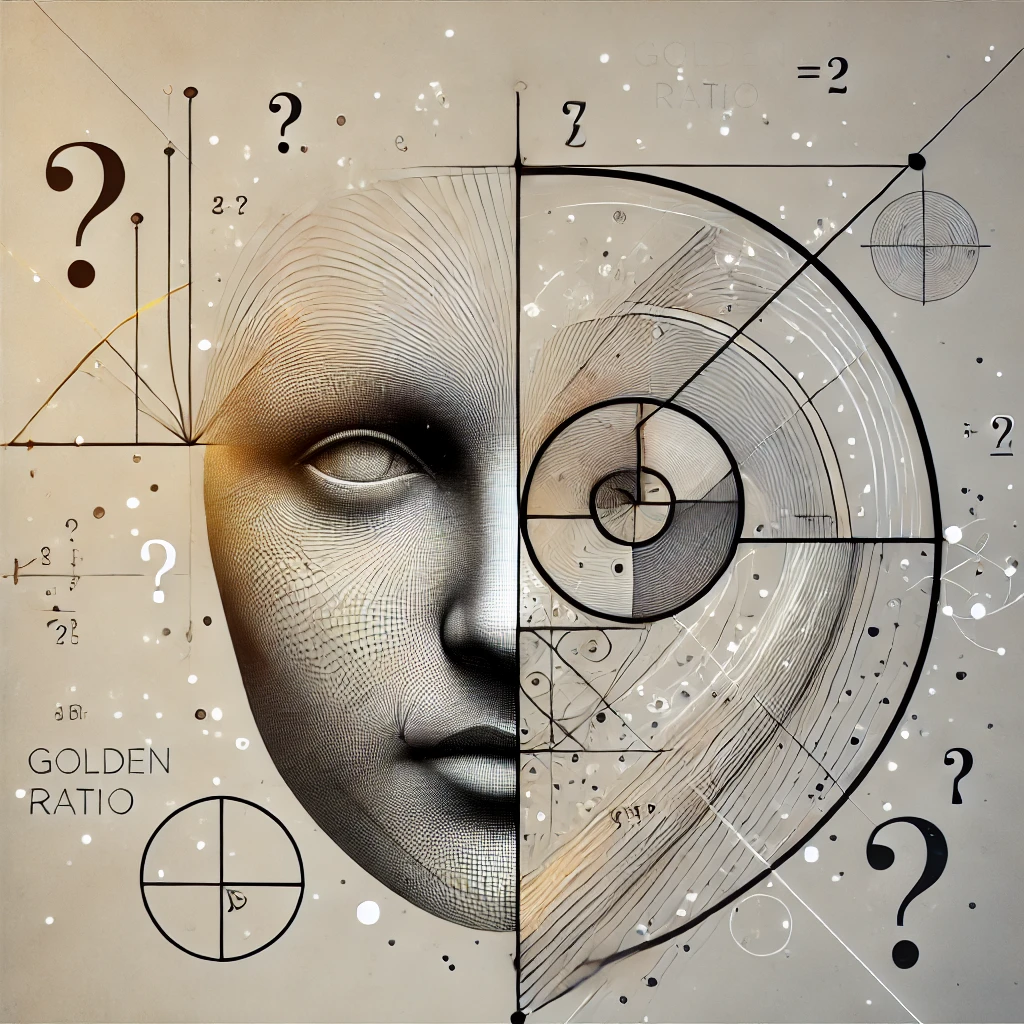1. What is the Golden Ratio?

The Golden Ratio, represented by the Greek letter Phi (ϕ), is approximately equal to 1.618. This mathematical constant arises when the ratio of two quantities is the same as the ratio of their sum to the larger of the two quantities. Found abundantly in nature, art, and architecture, the Golden Ratio is often considered a symbol of harmony and balance. Its application in various fields, from the Parthenon in ancient Greece to modern graphic design, highlights its enduring appeal as a principle of aesthetic perfection.
2. The Golden Ratio in Facial Proportions

In the realm of beauty, the Golden Ratio is frequently used to analyze facial symmetry and balance. A face is considered aesthetically pleasing when key proportions align with this ratio. For example, the length of the face divided by its width should approximate 1.618. Additionally, the ratio of the nose’s width to the width of the mouth and the spacing between the eyes are other measurements often evaluated. These principles have shaped both historical and contemporary ideals of beauty and have informed practices in cosmetic surgery and digital facial mapping technologies.
3. Applications in Modern Beauty

Today, the Golden Ratio serves as a foundation for various beauty-related applications. Makeup artists leverage its principles to enhance facial symmetry, accentuating features like the eyes, lips, and cheekbones. Hairstylists also use the ratio to create harmonious designs that complement an individual’s facial structure. Moreover, advancements in technology have enabled digital tools to analyze facial features against the Golden Ratio, providing personalized recommendations for cosmetic enhancements or skincare routines. This integration of science and aesthetics underscores its relevance in modern beauty standards.
4. The Science Behind the Golden Ratio

The human brain is instinctively drawn to patterns and proportions that align with the Golden Ratio. Studies in neuroaesthetics suggest that such symmetry and balance evoke positive emotional responses, as they are subconsciously associated with health, vitality, and genetic fitness. From an evolutionary perspective, these traits are indicators of reproductive success, which may explain the universal preference for faces and designs adhering to this ratio. Although beauty is subjective, the Golden Ratio provides a quantifiable framework for understanding visual appeal.
5. Debates and Limitations

While the Golden Ratio has been celebrated for its applications in art and aesthetics, it is not without criticism. Opponents argue that beauty cannot be confined to a single mathematical formula, as it is influenced by cultural, historical, and personal factors. Furthermore, studies have shown that the Golden Ratio is not universally present in all admired faces or structures. These findings highlight the need to appreciate diversity in beauty and challenge the notion of an ideal standard. The Golden Ratio, while a fascinating tool, is just one lens through which beauty can be understood.
